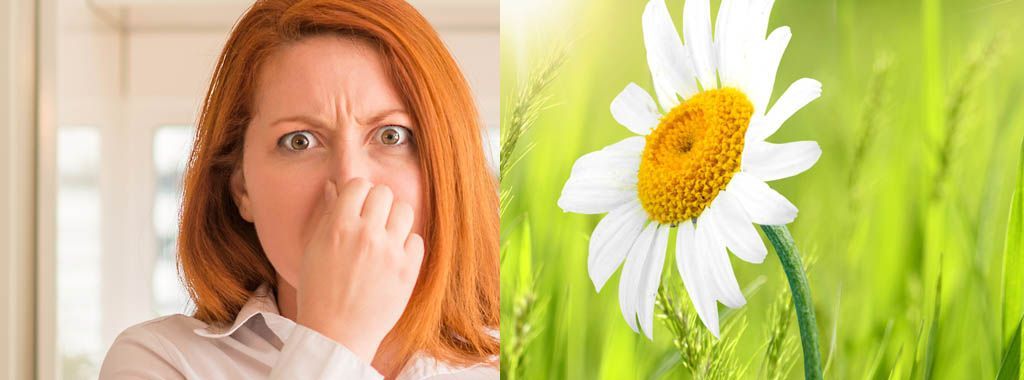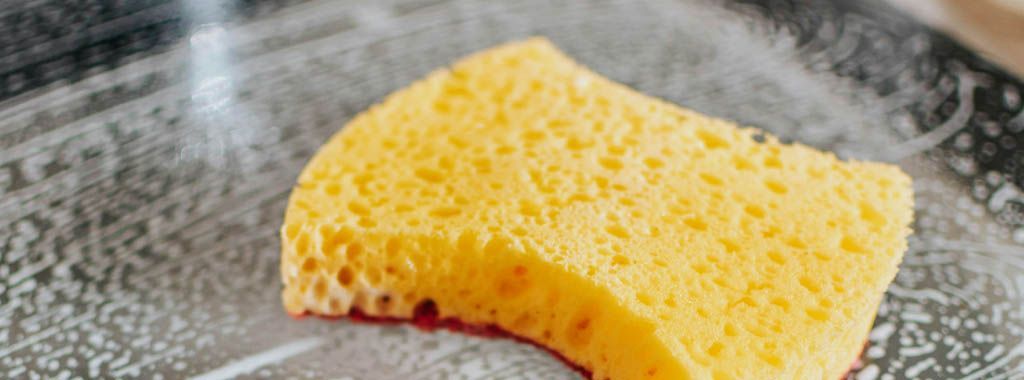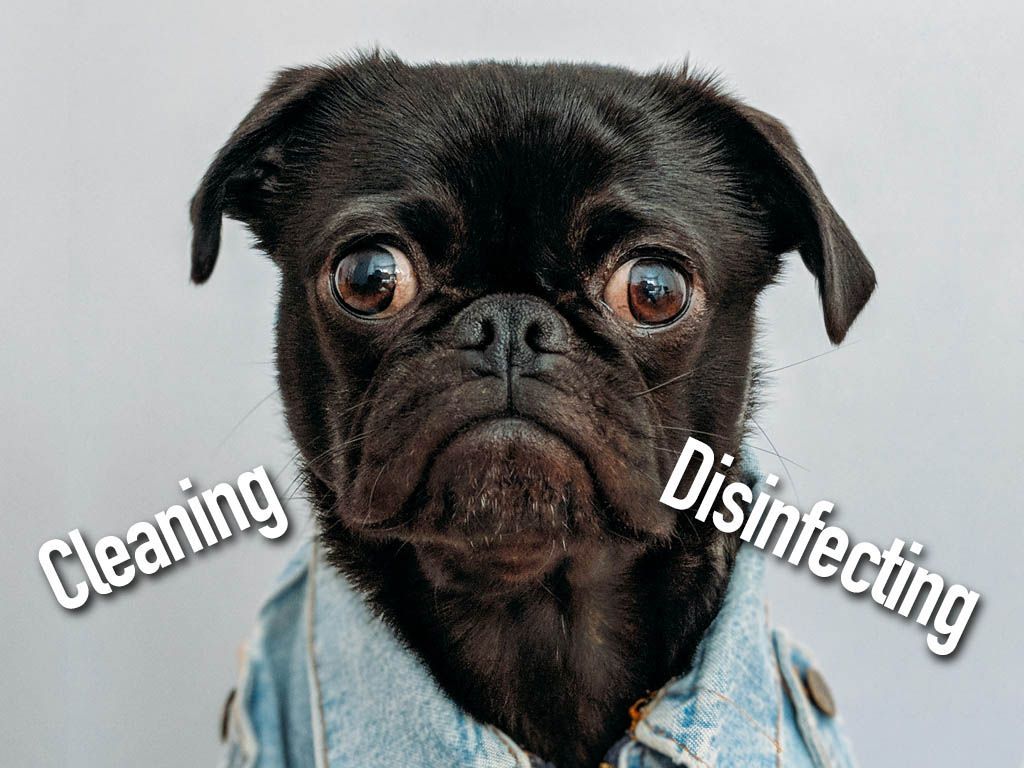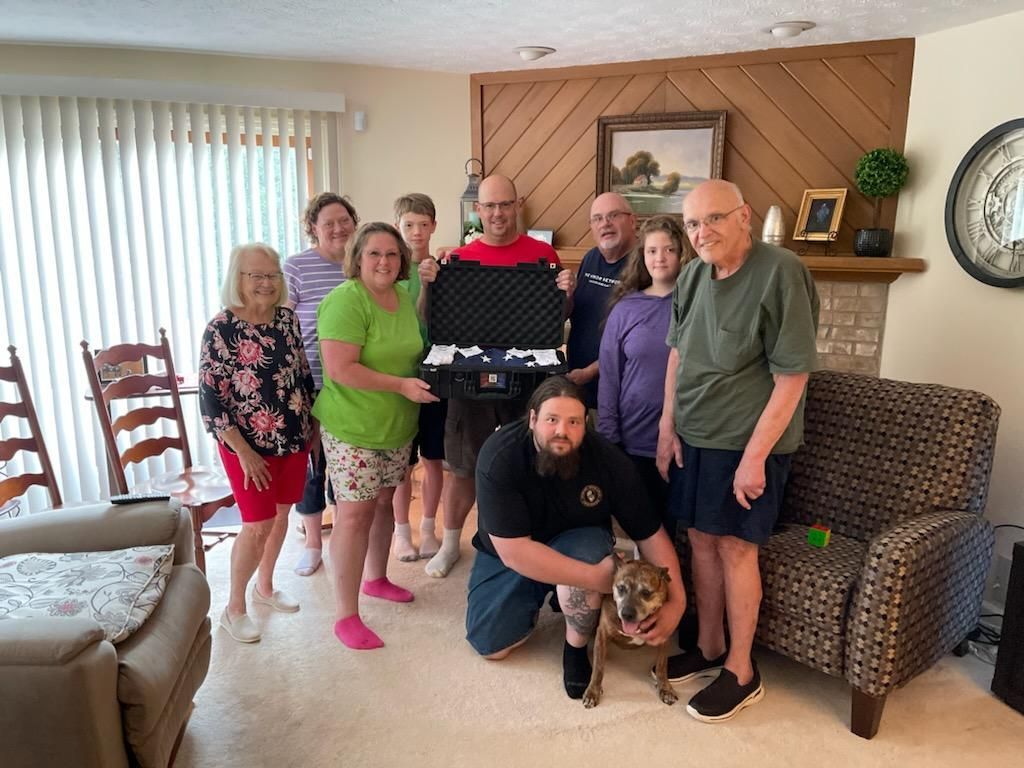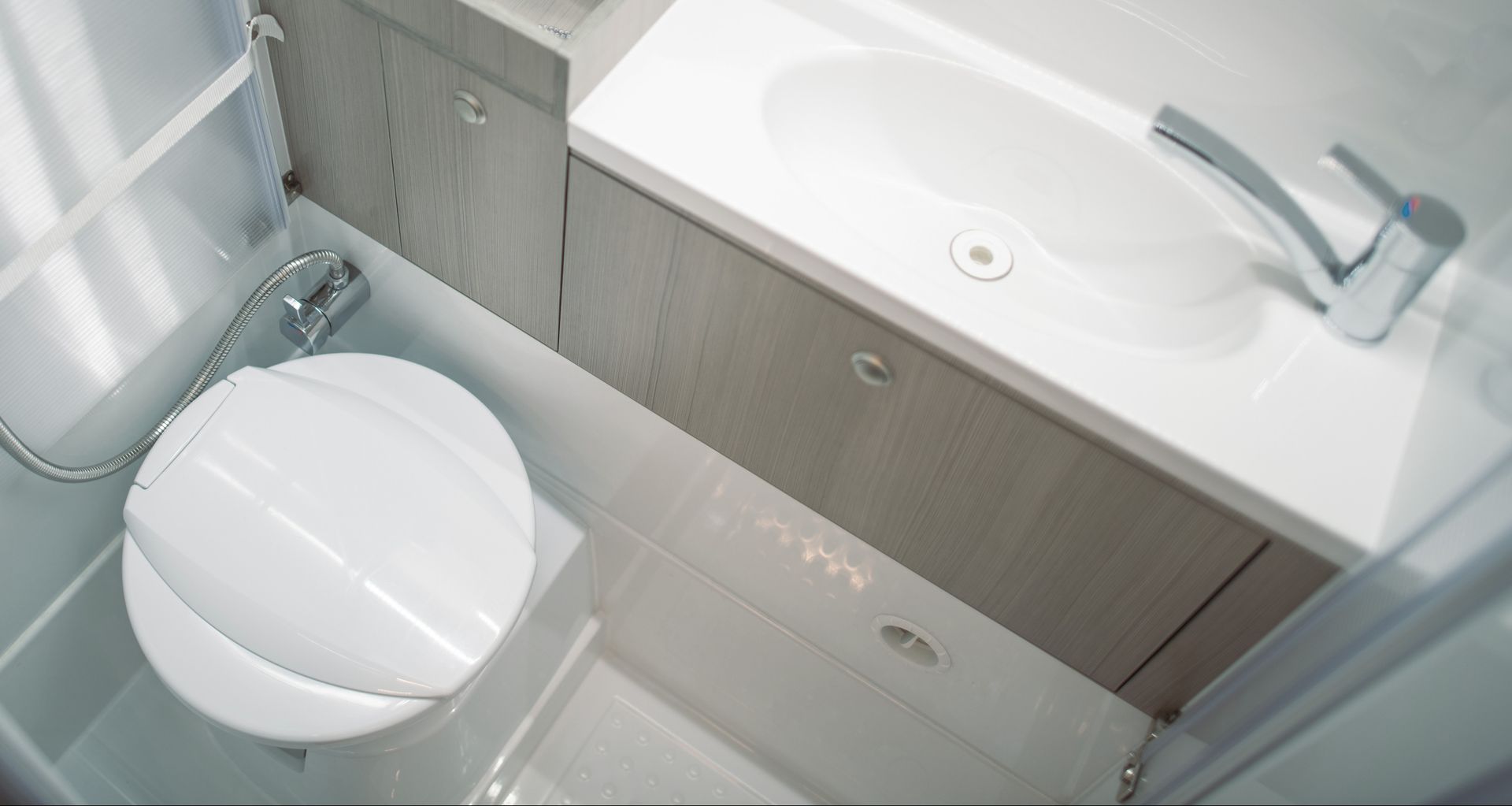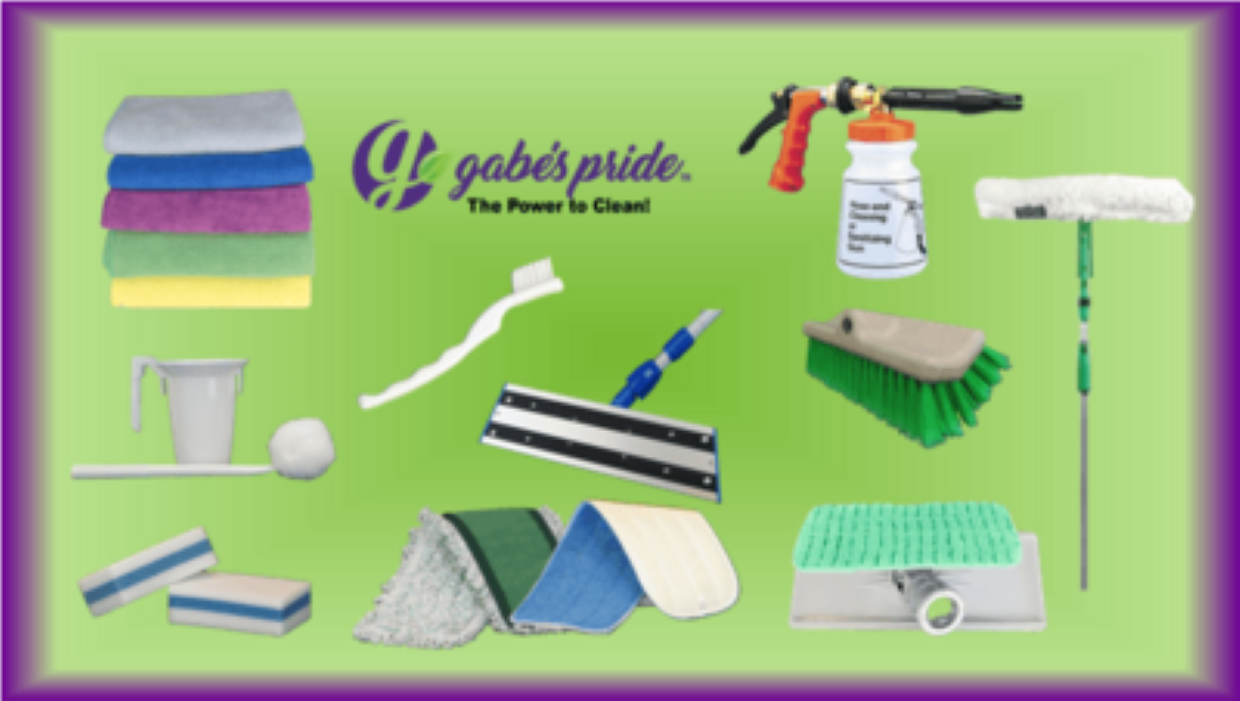Understanding Disinfectants and Sanitizers
Pam Kennedy • March 24, 2020
This is something we have put together for clients to help them better understand some things about disinfectants and sanitizers that is not commonly known.
It is important to be aware and prepared but it is also important to stay calm and at times like this, use some of grandma's best advice: Wash with good ole soap and water .... BEFORE you slather everything in a disinfectant or sanitizer! (this part we added. :-)
This is a long read but we are sure you will find this information beneficial. Be safe, happy, and healthy! Thank you
Thorough cleaning is necessary whether it is for daily cleaning, deep cleaning, or before applying a disinfectant or sanitizer. Then the disinfectant/sanitizer solution must set wet on a surface for the time listed on the product’s label before it will be effective. Common dwell times range from 3 – 15 minutes per application. No single disinfectant/sanitizer will be effective on every virus/microbe/germ. When prepared and applied properly disinfectants leave a residual behind to trap and kill its target organism generally up to 4 – 6 hours or until contacted directly or by an airborne particle makes contact. At that time the residual is contaminated and must be recleaned and let dwell wet again. Sanitizers must be prepared in the same manner and let set wet too. The biggest difference is sanitizers do not have as high of a kill claim compared to disinfectants and is meant to evaporate without leaving a film behind on the surface. This is why sanitizers are commonly used in food service applications so to not leave any residual that would directly contact food. Once a properly sanitized surface has dried, there is no residual and will be contaminated upon direct or airborne particle contact. Neither of these products will kill viruses, microbes, germs, and etc. indefinitely.
One last note to keep in mind about disinfectants and sanitizers… Any product that makes any form of a ‘kill claim’ must be tested and certified by the EPA under the FIFRA regulations. This is not only to verify a manufacturer’s claim and the product’s efficacy when used as directed, it is also because these type of products are poisonous if used in higher concentrations. Especially when used around young children that put everything in their mouth, great care and a better understanding of these products is imperative.
Spray and wiping surfaces will not do anything other than leave a sticky film behind and make the surviving elements stronger and more resistant to future applications. You cannot disinfect/sanitize a dirty surface, they must be precleaned and applied per the label’s instructions and wet dwell time.
Upon reading the label on disinfectant wipes you will commonly see that it takes several wipes and similar wet dwell times for them to be effective to achieve their marketed claim. The first few wipes is usually the equivalent of lightly cleaning the surface and the last few will be the dwell time portion. Pull and wipe of a cloth will not give you any effective disinfection or sanitizing.
I am happy in seeing many sources state that hand sanitizer is most recommended when water and soap are not available. In past outbreaks, that was rarely brought to mention. At this time a hand sanitizer of 70% alcohol or more is recommended, when soap and water is not available.
This is a link from the CDC
regarding the use of bleach as a sanitizer, As you will see, the very first thing needed to be done is to clean the surface with a good soap and water. Be very careful when using bleach as it is very dangerous if splashed on surfaces and bodies as well as it should be used in a well ventilated area to avoid reaction with the fumes. NEVER mix bleach with ammonia or acidic based cleaners. This will make a very dangerous gas and all affected areas will need to be vacated then aired-out before people can return.
There is a reason for disinfectants and sanitizers but there is much more that is needed to be understood about them. Proper cleaning will maintain a safe and sanitary environment best. When the time comes that a disinfectant or sanitizer is needed, please read the labels first and contact us any time you need.
Share this article with your friends

At Gabe’s Pride , we really enjoy our peeps in the RV community! Because we appreciate independence and time on the road, our conversations about cleaning needs cover a lot of ground. We’re thankful for our regular customers! And we appreciate the questions and specific cleaning challenges you bring us at Gabe’s Pride. While we ARE RV and home cleaning experts, gray tanks require a particular knack. That’s why we reached out to the team at Kleen Tank . We urge you to keep in mind that cleaning your gray tank demands time, care and most of all, safety. Why Does the Gray Tank Stink? Believe it or not, gray tanks can have worse odors and be more of a health risk than black tanks – especially galley grays. While black tanks are collecting urine, feces, water, cleaning materials and whatever didn’t “agree with you” last night, gray tanks get everything else. Laundry, Dishes & Heat. Oh My! Germs, bacteria and mold. All three are living things and all three require something from their environment to thrive. Those are: Food Water Heat Shelter Unfortunately, we can find all of those in your RV’s gray tank. Food particles and a warm, moist environment inside your gray tank make this a perfect breeding ground for germs, bacteria and mold. Most people don’t think about Mold As we discussed in a previous blog, when cleaning your black , the most important ingredient is water! Mold can be trouble enough on its own. However, when mold gets dried out, it can become airborne. Once inhaled, mold can wreak all manner of havoc on your health . Headaches, congestion, cough, and many other symptoms are associated with exposure to mold spores. So what do you do? Because gray tanks generally don’t come with an on-board sprayer, using a reverse flush device is the best way for an RV owner to get extra water into that tank to help flush out food particulates. You may also consider using a water meter to prevent tank overflow. It's important to test the water meter before each use to make sure it's working correctly. To use or not to use an additive. Tank cleaning companies such as Kleen Tank do recommend using additives for cleaning your gray tank. Traditionally they use a Calgon base solution. This is used to coat the sides and prevent waste from sticking. The Kleen Tank team says “use plenty of water” to keep things liquid and moving both before and during the cleaning process. Should you choose to use a tank treatment product, consistency is important. Product formulations may be similar but are not identical. For this reason, frequently changing these may create a chemical reaction. Be careful and always read the instructions and use the product accordingly. When you’re looking for cleaning tips and tools for your RV or home, check us out our products and blogs . Since we’re part of the RV community ourselves, you may see us during this season’s rallies. Our Eco-Friendly cleaning materials are made right here in the USA. And we’re always happy to answer your home and RV cleaning questions. If you have a question that can’t wait, contact us here !


